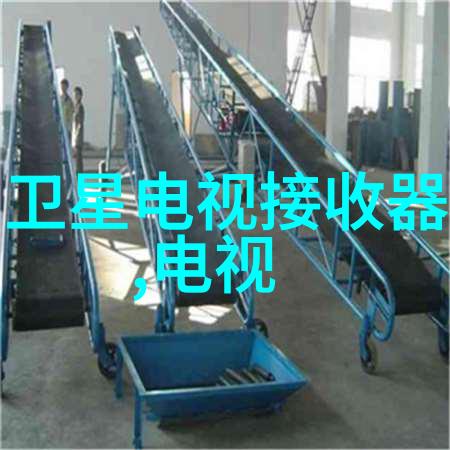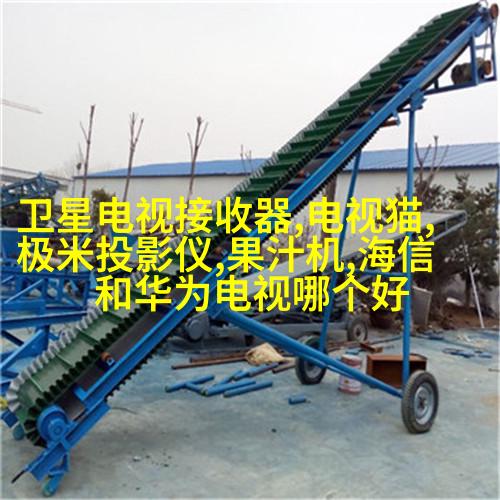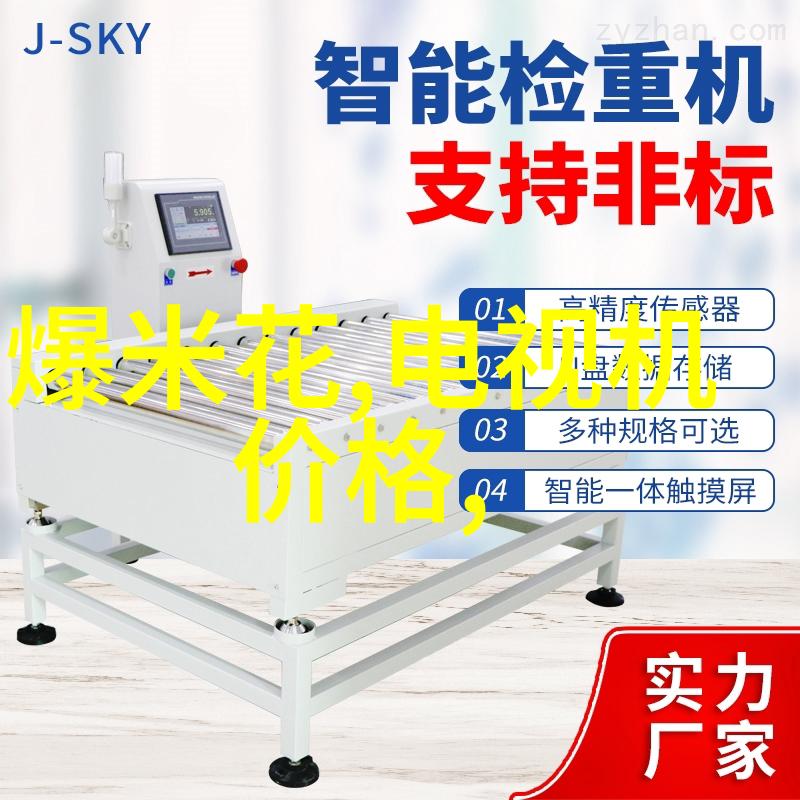Piping Material Comparison How to Choose Between P
Introduction

在建筑和水暖工程中,选择合适的管材是至关重要的,因为它直接影响到系统的性能、寿命以及安全性。PVC(聚氯乙烯)管和PPR(改性聚丙烯)管是两种常见且广泛使用的塑料管材,它们各自有其独特之处。在决定使用哪一种时,了解它们之间的差异对于确保项目顺利进行至关重要。本文将详细探讨PVC管与PPR管在材料性能、应用领域、成本效益等方面的区别,为读者提供决策时所需的一手资料。
Material Performance Comparison

首先,我们来看看这两种材料在物理性能上的差异。PVC是一种硬质且易加工的材料,其抗拉强度高,但对极端温度变化不太耐受,而PPR则具有更好的耐寒和耐热性能。此外,PPR还具有一定的弹性,使其能够承受一定程度的地震动力和振荡,同时保持结构完整。
Application Differences

不同类型项目需要不同的pipe material characteristics. For example, in residential plumbing systems, where temperatures are generally within a moderate range (typically between 0°C to 60°C), both PVC and PPR pipes can be suitable options. However, when considering industrial applications with extreme temperature fluctuations or high-pressure requirements, PPR's superior performance makes it the better choice.
Cost-Benefit Analysis

When comparing the two materials on a cost-benefit basis, several factors come into play. The initial cost of PVC pipe is often lower than that of PPR pipe due to its wider usage and mass production. However, over time, the higher durability and resistance of PPR pipe may lead to significant savings in maintenance costs as well as reduced replacement rates.
Environmental Impact Considerations

Both PVC and PPR have their own environmental implications. While PVC is not biodegradable but has been shown to be more resistant against chemicals like chlorine which could potentially contaminate water sources if present in drinking water distribution systems., studies have indicated that improper disposal practices during manufacturing processes might contribute significantly towards pollution levels around factories producing these plastics.
In contrast,
Conclusion
Choosing between PVC and PPR pipes depends on various factors such as project requirements (temperature tolerance), budget constraints (initial investment vs long-term maintenance costs) along with environmental considerations related to waste management at different stages throughout their life cycle including production & disposal phases after use ends up being an important decision-making process for any professional involved in construction projects involving piping infrastructure design or installation works carried out under diverse climate conditions worldwide.
By understanding these differences thoroughly before making your final selection amongst available options available today – you will ensure successful completion of future building projects while also ensuring overall efficiency through proper utilization resources leading toward sustainable development goals!



